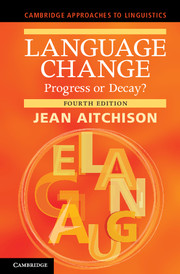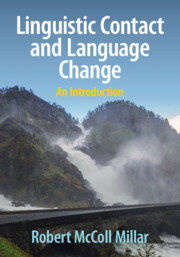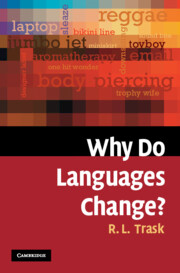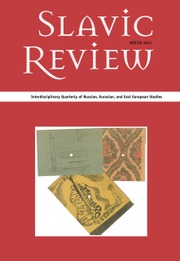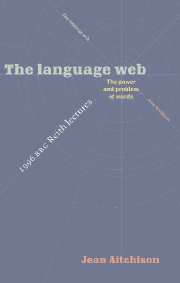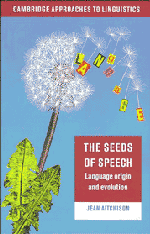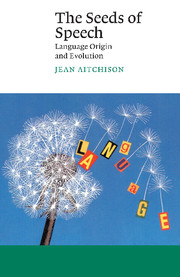Language Change
How and why do languages change? Where does the evidence of language change come from? How do languages begin and end? This introduction to language change explores these and other questions, considering changes through time. The central theme of this book is whether language change is a symptom of progress or decay. This book will show you why it is neither, and that understanding the factors surrounding how language change occurs is essential to understanding why it happens. This updated edition remains non-technical and accessible to readers with no previous knowledge of linguistics.
- Improved learning features, including introductions outlining the topics to be covered and questions and essay suggestions for students to practise what they have learnt and test their understanding
- Includes new sections on text messaging and netspeak, as well as extra information about the complaints tradition, polysemy (multiple meanings) and language death
- Updated references for those who want to read more of the latest research
Reviews & endorsements
'Jean Aitchison's Language Change: Progress or Decay? has been essential introductory reading for students of historical linguistics for many years: it manages the rare trick of combining theoretical sophistication and clear, simple (but not simplistic) expression. This new edition, which takes account of current issues in language-change studies while not discarding classic discussions, remains a fine and very approachable survey. I shall certainly recommend it to my undergraduates.' Jeremy J. Smith, University of Glasgow
'A brilliant essay in linguistics … Even in the most complex spaghetti junctions of her argument, her own directions are always clear, and her own language lively, fresh and stimulating.' The Guardian
'… captivating and highly readable … linguistic phenomena are lucidly explained, often through the use of analogy, graphics and clear examples taken from a range of different languages. A new and welcome addition to this fourth edition are the questions placed at the end of the book - three for each chapter - which help readers to test their understanding of the main points.' Ilse Wischer, translated from Zeitschrift für Dialektologie und Linguistik
Product details
December 2012Paperback
9781107678927
308 pages
198 × 129 × 15 mm
0.37kg
37 b/w illus. 2 tables
Available
Table of Contents
- Part I. Preliminaries:
- 1. The ever-whirling wheel
- 2. Collecting up clues
- 3. Charting the changes
- Part II. Transition:
- 4. Spreading the word
- 5. Conflicting loyalties
- 6. Catching on and taking off
- 7. Caught in the web
- 8. The wheels of language
- 9. Spinning away
- Part III. Causation:
- 10. The reason why
- 11. Doing what comes naturally
- 12. Repairing the patterns
- 13. Pushing and pulling
- Part IV. Beginnings and Endings:
- 14. Language birth
- 15. Language death
- 16. Progress or decay?

